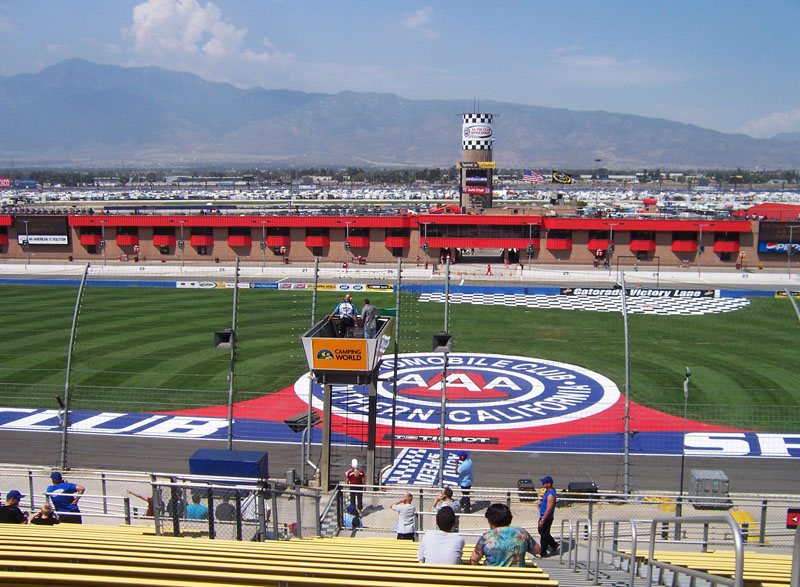Auto Club Speedway was a 2-mile D-shaped oval superspeedway in Fontana, California, hosting NASCAR races annually from 1997 to 2023. It also previously hosted open-wheel racing events. Located east of Los Angeles, it was near the former Ontario Motor Speedway and Riverside International Raceway. NASCAR owned and operated the track, which was accessible via Interstates 10 and 15 and a Metrolink station. The track ceased operations as a racing venue in 2023.
April 20, 1994: Track Construction Announced
On April 20, 1994, Roger Penske and Kaiser Steel announced the construction of a racetrack on the site of the abandoned Kaiser Steel Mill in Fontana, California.
April 1995: Project Approved
In April 1995, the San Bernardino County Board of Supervisors unanimously approved the Auto Club Speedway project after touring Michigan International Speedway.
November 22, 1995: Construction Begins with Demolition
On November 22, 1995, construction on the site began with the demolition of the Kaiser Steel Mill.
1995: Construction Begins
In 1995, construction of the Auto Club Speedway began on the site of the former Kaiser Steel Mill.
1996: Practice and Qualifying Lap Records
In 1996, Arie Luyendyk had set the closed-course practice and qualifying lap records in the run-up to the Indy 500.
1996: Construction Completed
In 1996, construction of the Auto Club Speedway was completed.
January 10, 1997: First Test on Speedway
On January 10, 1997, Marlboro Team Penske's driver Paul Tracy became the first driver to test on the new Auto Club Speedway.
June 20, 1997: Official Opening Ceremony
On June 20, 1997, the official opening and ribbon cutting ceremony was held at Auto Club Speedway, with the first race being held the next day.
1997: First CART Race
From 1997 to 2002, Auto Club Speedway held a 500-mile American open-wheel car race under Championship Auto Racing Teams sanctioning.
1997: Inaugural NASCAR Racing
In 1997, Auto Club Speedway hosted its first annual National Association for Stock Car Auto Racing (NASCAR) racing event.
1997: Improved Lap Records
In 1997, Maurício Gugelmin improved the closed-course practice and qualifying lap records Arie Luyendyk had set in the run-up to the 1996 Indy 500 at the Marlboro 500.
1997: Track Length Discrepancy
In 1997, the original track length was disputed by CART and NASCAR that ran at Auto Club Speedway.
May 1999: Skyboxes Added
In May 1999, an additional 28 skyboxes were added to the top of the main grandstand at Auto Club Speedway.
1999: Greg Moore's Death
During the 1999 Marlboro 500 CART race, Canadian driver Greg Moore died in a crash along the backstretch of the track, prompting safety improvements.
2000: Gil de Ferran sets qualifying record at Marlboro 500
In 2000, Gil de Ferran set a new one-lap qualifying record of 241.428 mph at the Marlboro 500, a CART event.
2000: Charlie's Angels Filmed
In 2000, portions of the movie "Charlie's Angels" were filmed at Auto Club Speedway.
2001: Auto Club Dragway and Road Course Added
In 2001, the Auto Club Dragway, a 0.250 mi dragstrip, was built outside of the backstretch of the main speedway, and the infield was reconfigured to hold a multipurpose road course.
April 5, 2002: Ricky Lundgren's Death
On April 5, 2002, Ricky Lundgren was killed in a qualifying session for a motorcycle race at Auto Club Speedway.
2002: CART Race Ends/IndyCar Race Begins
In 2002, Auto Club Speedway's 500-mile American open-wheel car race under Championship Auto Racing Teams sanctioning ended. From 2002 to 2005, the IndyCar sanctioning body ran a 400-mile race.
2002: Previous circuit race record
In 2002, the CART race had produced a previous record average speed of 197.995 mph over 507.25 miles.
2002: Track Length Discrepancy
In 2002, the original track length was disputed by CART and NASCAR that ran at Auto Club Speedway.
April 24, 2003: Lights Approved
On April 24, 2003, The San Bernardino County Planning Commission approved the changing of the speedway's conditional use permit to allow the installation of lights around the track.
2003: Toyota Indy 400 becomes fastest circuit race
In 2003, the Toyota Indy 400 set a record as the fastest circuit race in motorsport history, boasting an average speed of 207.151 mph over 400 miles.
August 7, 2004: John Barr's Death
On August 7, 2004, John Barr, a police officer from San Diego, died during an open track event after coming off his motorcycle at Auto Club Speedway.
2004: Second NASCAR Cup Series Race Announced
In 2004, NASCAR announced a second annual NASCAR Cup Series race at the track, which would be run "under the lights."
2004: Attendance Drop
In 2004, after adding a second NASCAR weekend, attendance at Auto Club Speedway races dropped off dramatically.
2004: Lights Added to Speedway
In 2004, lights were added to the speedway with the addition of a second annual NASCAR weekend.
June 2, 2005: Deaths at Ferrari Club Event
On June 2, 2005, two men died while participating in an event sponsored by the San Diego Chapter of the Ferrari Club of America at Auto Club Speedway.
2005: Herbie: Fully Loaded Filmed
In 2005, portions of the movie "Herbie: Fully Loaded" were filmed at Auto Club Speedway.
2005: IndyCar Race Ends
In 2005, the IndyCar sanctioning body ended its 400-mile race at Auto Club Speedway.
2006: FanZone Added
In 2006, a fanzone was added behind the main grandstand of the Auto Club Speedway.
2007: The Bucket List Filmed
In 2007, the movie "The Bucket List" saw Jack Nicholson and Morgan Freeman drive around the speedway.
February 21, 2008: Track Renamed Auto Club Speedway
On February 21, 2008, the Automobile Club of Southern California purchased the naming rights to the California Speedway in a 10-year deal, renaming it Auto Club Speedway.
2008: Name Change to Auto Club Speedway
In 2008, on February 21st, the track was renamed Auto Club Speedway after the Automobile Club of Southern California purchased the naming rights.
October 15, 2010: Death at Driving School
On October 15, 2010, a 24-year-old woman died while participating in a driving school at Auto Club Speedway as part of the Mario Andretti Racing Experience.
2011: Return to Single Annual Race Weekend
In 2011, Auto Club Speedway returned to a single annual race weekend after running two weekends of racing annually.
2011: Second Race Removed
In 2011, NASCAR removed a second race from Auto Club Speedway's schedule due to a large attendance swing, weather concerns, and media doubts.
2012: IndyCar Race Resumes
From 2012 to 2015, Auto Club Speedway ran a 500-mile IndyCar race, which was usually the season finale.
March 2014: Exotics Racing Expands
In March 2014, Exotics Racing, a Las Vegas-based company, expanded to California by opening a new 1.2 mile road course at the Auto Club Speedway.
2014: Grandstand Capacity Reduced
In 2014, the grandstand capacity at Auto Club Speedway was reduced from 92,000 to 68,000 by removing seats and installing a hospitality area and a digital display.
2015: Last IndyCar Race
In 2015, the MAVTV 500 was the last IndyCar race at Auto Club Speedway.
2019: Ford v Ferrari Filmed
In 2019, Auto Club Speedway was used as Daytona International Speedway in the film "Ford v Ferrari".
September 8, 2020: Reconstruction Plans Revealed
On September 8, 2020, documents for the reconstruction of Auto Club Speedway as a half-mile high banked oval were filed with San Bernardino County.
December 2020: 2021 Race Weekend Cancelled
In December 2020, it was announced that the 2021 race weekend at Auto Club Speedway had been cancelled due to complications surrounding the COVID-19 pandemic.
2021: Work Scheduled
In 2021, work was scheduled to start on the reconstruction of Auto Club Speedway after the Auto Club 400.
2021: 2021 Race Weekend Cancelled
In December 2020, it was announced that the 2021 race weekend at Auto Club Speedway had been cancelled due to complications surrounding the COVID-19 pandemic.
February 27, 2022: Reconstruction on Hold
On February 27, 2022, Auto Club Speedway president Dave Allen announced that plans to convert the speedway had been put on hold.
2022: Completion Time
In 2022, the reconstruction of Auto Club Speedway was to be completed.
March 2023: Sponsorship Discontinued
After March 2023, the sponsorship with the Automobile Club of Southern California was discontinued.
August 2023: Qualifying record still stands
As of August 2023, Gil de Ferran's qualifying lap speed set in 2000 remains the fastest ever recorded at an official race meeting.
October 2023: Demolition Begins
In 2023, the Auto Club Speedway track was closed for reconstruction as part of the Next Gen California racing project, and demolition began in October 2023.
2023: NASCAR racing and Sponsorship Discontinued
In 2023, NASCAR racing was held until this year. In March 2023, the sponsorship deal with the Automobile Club of Southern California was discontinued, and the track was closed for reconstruction as part of the Next Gen California project.
2023: NASCAR Evaluating Market
In early 2023, NASCAR chief operating officer Steve O'Donnell mentioned that NASCAR was evaluating the market to determine the best place for them to race within the totality of 2024 and beyond.
2024: NASCAR Evaluating Market
In early 2023, NASCAR chief operating officer Steve O'Donnell mentioned that NASCAR was evaluating the market to determine the best place for them to race within the totality of 2024 and beyond.
2024: Doubts About Rebuilding
In late November of 2024, NASCAR president Steve Phelps said that doubts of rebuilding Auto Club Speedway into a short track were at an all-time high.
Mentioned in this timeline
California is a U S state on the Pacific Coast...
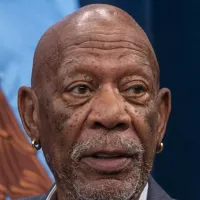
Morgan Freeman is a highly acclaimed American actor producer and...
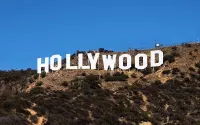
Los Angeles is the most populous city in California and...
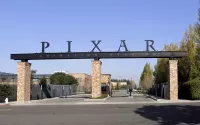
Pixar Animation Studios based in Emeryville California is renowned for...
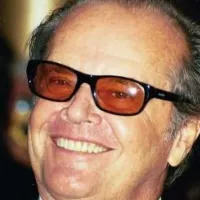
Jack Nicholson is a highly acclaimed and now-retired American actor...
Daytona International Speedway located in Daytona Beach Florida is a...
Trending
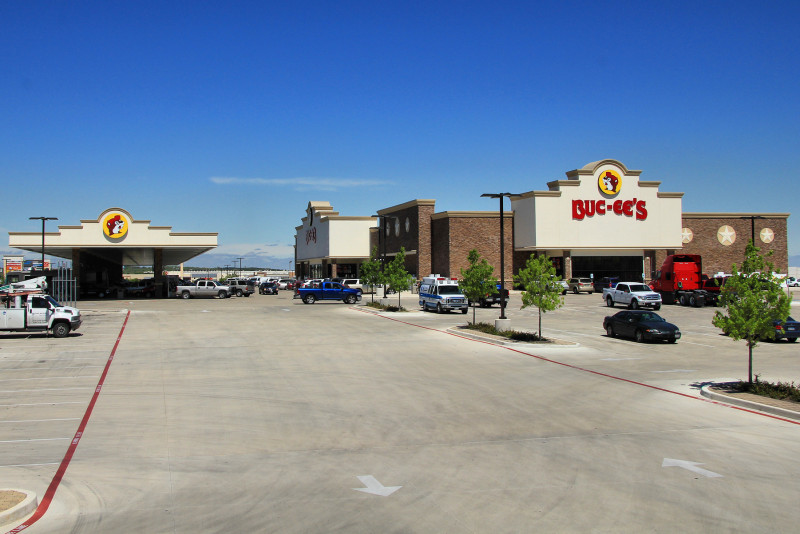
28 days ago Buc-ee's Expands to Tallahassee: Groundbreaking Planned for Early Next Year in Florida
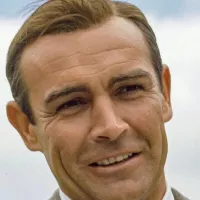
7 months ago Sean Connery's Villa Listed, Terrifying Executives, and MCU's Future Movies
30 days ago Rashee Rice Limited in Practice; Mahomes Full Participant Before Chiefs-Cowboys Game

21 days ago Tim Allen Returns to Stand-Up: Fresno Performance at Warnors Theatre Announced

7 months ago Bryan Mbeumo transfer battle: Manchester United, Arsenal, and Newcastle vie for signature.

8 months ago Maury Povich reflects on media; Connie Chung honored and encouraged to write memoir.
Popular

XXXTentacion born Jahseh Dwayne Ricardo Onfroy was a controversial yet...

Tucker Carlson is an American conservative political commentator known for...

Ben Shapiro is a prominent American conservative political commentator media...

William Franklin Graham III commonly known as Franklin Graham is...

Candace Owens is an American conservative political commentator and author...
The Kennedy Center Honors are annual awards recognizing individuals and...
